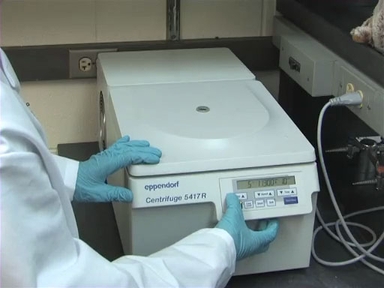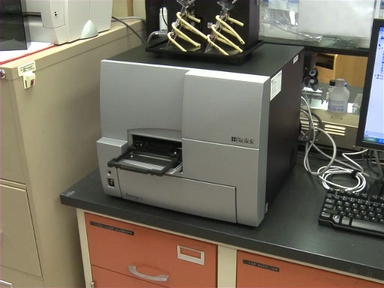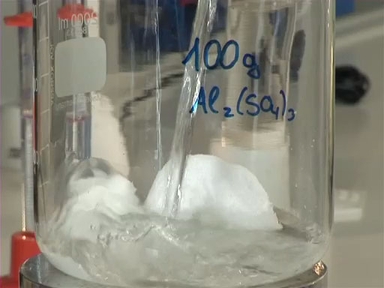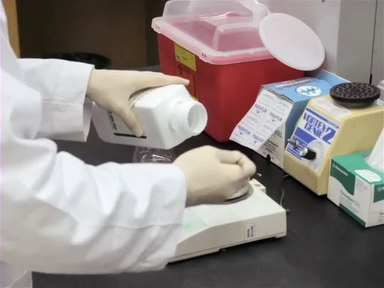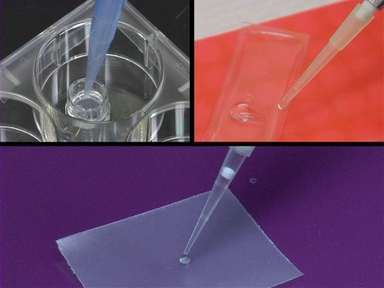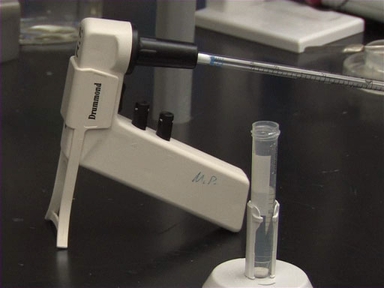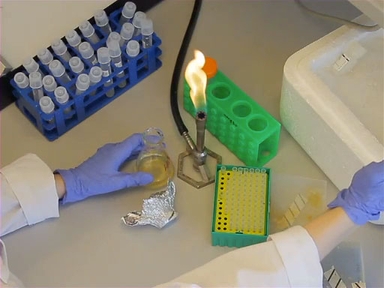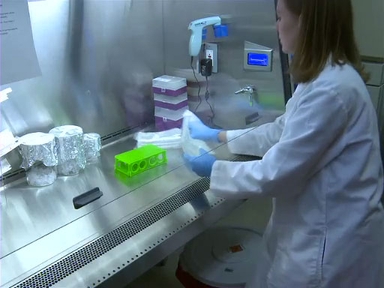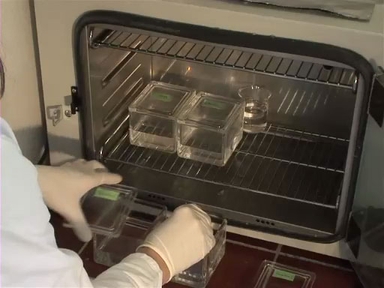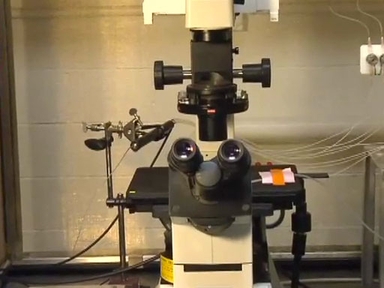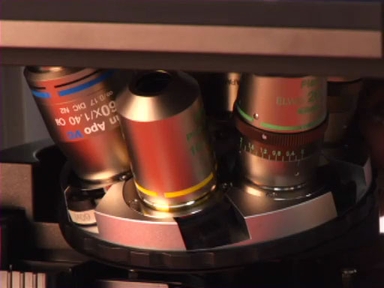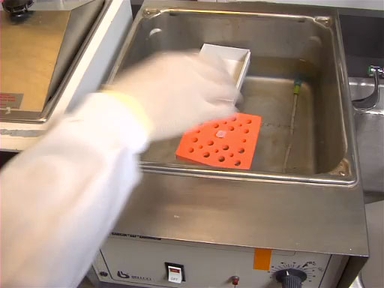The analytical balance and scale can be found in most, if not at all, scientific laboratories. These highly precise instruments allow scientists to accurately measure the mass a variety of substances. These balances can come in a variety of different types. The analytical balance is the most commonly used in scientific laboratories.
Early analytical balances were purely mechanical and used balance beams. Not that type of balance beam, silly.
They used mechanical balances, such as the triple beam balance you see here, the beam is supported by the fulcrum. The pan and sample are at one end, while the counterweights rest on three parallel beams and can be moved. Triple beam balances are “balanced” when the pointer is at 0.
When a sample is put in the pan, it disrupts the balance equilibrium as indicated by the pointer. The movable weights are then used to restore the balance equilibrium by increasing the lever arm. The positions on the beam at which the weights rest indicate the mass of the object.
On the other hand, today’s analytical balances are electronic and use the electromagnetic compensation method to determine mass. To calculate a mass, a spring is displaced by the downward force which then causes a load cell to send an electrical current to a signal processor, which then displays the mass. By using this method, these balances can precisely determine the mass of a substance.
Analytical balances are very precise instruments and most measure down to ten thousandths of a gram, while some can even measure down a hundred thousandth of a gram.
An analytical balance contains several key components. The weighing pan is where samples are placed. It is the component of the scale that is linked to either the balance beam or spring. The air or draft shield, the glass enclosure with movable doors atop the balance, prevents air currents and dust from coming into contact with the weighing pan, and in turn causing the measurement to be inaccurate. The tare bar is used to re-zero the scale after the weigh boat or weigh paper is placed onto the weighing pan.
Weigh boats and weigh paper are used to hold substances for measurement on the balance. They prevent the weighing pan from getting dirty or damaged by chemical reagents.
Spatulas are the instruments used to manipulate the samples that are to be weighed. Depending on the type of substance and how much needs to be weighed, a microspatula can be used for smaller quantities. The scoopula is used to mass larger quantities.
To use an analytical balance, make sure the scale is on by pressing the tare bar. Open the draft shield door and place the weigh boat or weigh paper on the scale. Close the draft shield. Press the tare bar again and the scale should now read 0.0000 g.
The amount of substance that needs to be weighed also determines whether a weigh boat or weigh paper is used. For smaller amounts, or if the substance is going into a tube such as a small vial or microfuge tube, weigh paper is utilized. Weigh paper is often folded for easy handling.
Weigh boats are used when a large amount needs to be weighed out.
Weigh the substance onto the weigh pan without spilling onto it using a spatula. While weighing, allow the reading to stabilize. If necessary, close the door of the draft shield to ensure an accurate reading.
Also, be sure not to lean on the bench while using the analytical balance as this could affect the reading.
After weighing, be sure to clean off any debris that may have spilled onto the pan using a brush.
Remember to always wear gloves when working with an analytical balance. Wearing gloves prevents fingerprints from getting on the weighing pan.
Analytical balances are so sensitive that even fingerprints can cause readings to be inaccurate.
Also remember to always close the air shield as you’re weighing your sample to prevent air currents from producing inaccurate readings.
When it comes to massing, hygroscopic substances, which are substances that take up moisture, do it quickly, since they will absorb moisture during weighing. Always allow frozen or refrigerated substances to come to room temperature, in order to prevent the chemical from absorbing moisture. A cold chemical will be heavier than one warmed-up, and cause your measurement to be incorrect.
Also always make sure the balance is level, by locating the leveling bubble and verifying that it is centered. If not, the balance may have adjustable legs that can be turned to allow the balance to be level on an uneven surface. Moreover, balances are often located on a vibration-absorbing block, which protects the electronics from vibration.
To periodically, check that your balance is giving good readings, analytical balances often come with calibration weights. These standard weights have precise, specific mass, and allow a way to check the accuracy of the balance. The term calibration refers to the process of adjusting the output of a scale or balance against a object of known weight.
Many different types of substances can be weighed in the lab. One application of an analytical balance is measuring liquids. This is critical for centrifugation experiments. One key aspect is making sure ultracentrifuge tubes have the identical mass or else the rotor will not be balanced, and cause big problems!
In addition to weighing liquids, animals and even insects such as drosophila and mosquitoes are weighed using balances. This allows scientists to track an animal’s body weight and food consumption throughout a study.
You’ve just watched JoVE’s introduction to the balances in the laboratory.
In this video, we showed you the different types of balances, how they work, how to use a balance, important tips for weighing substances, and some additional uses for balances in the scientific laboratory. Thanks for watching!

